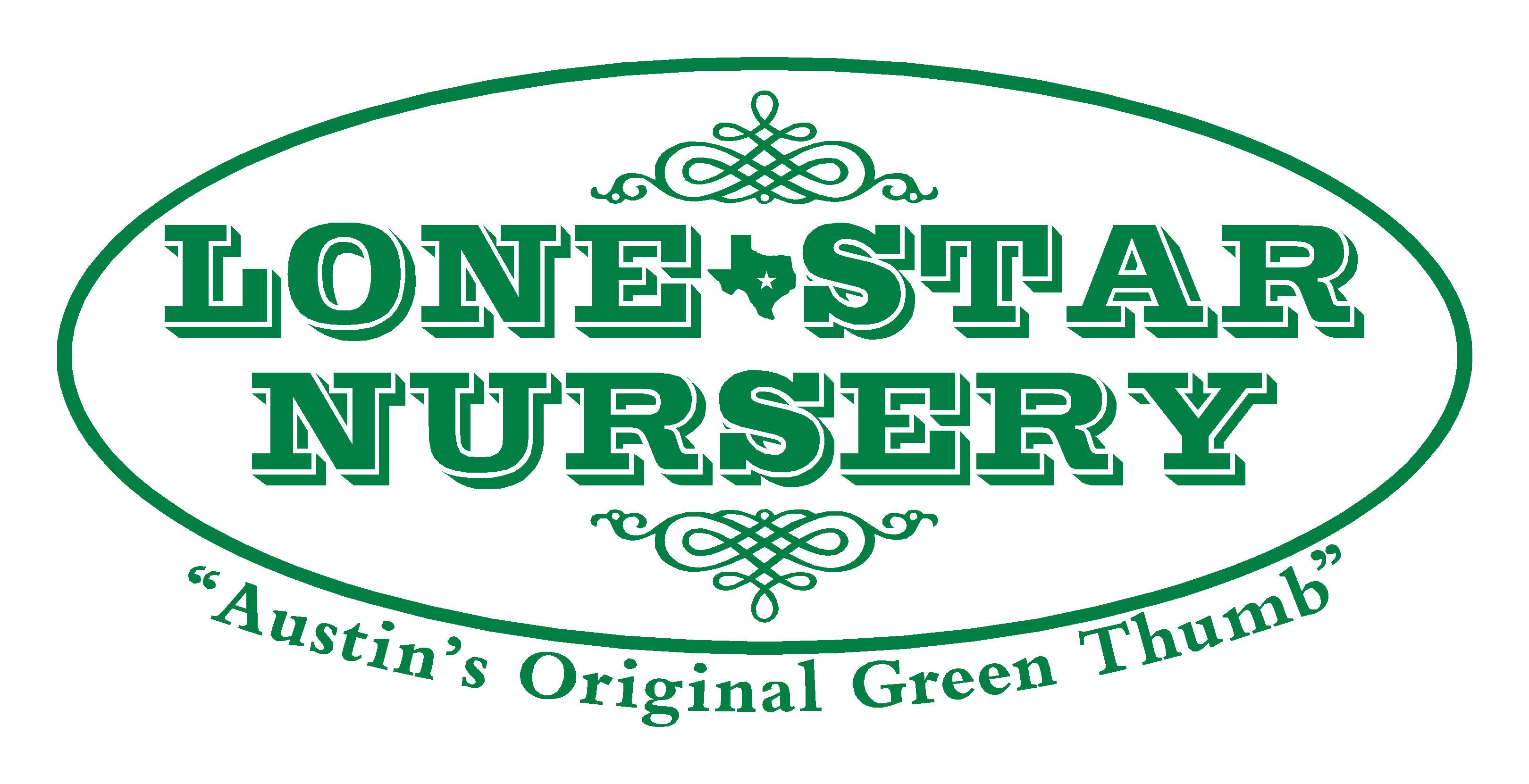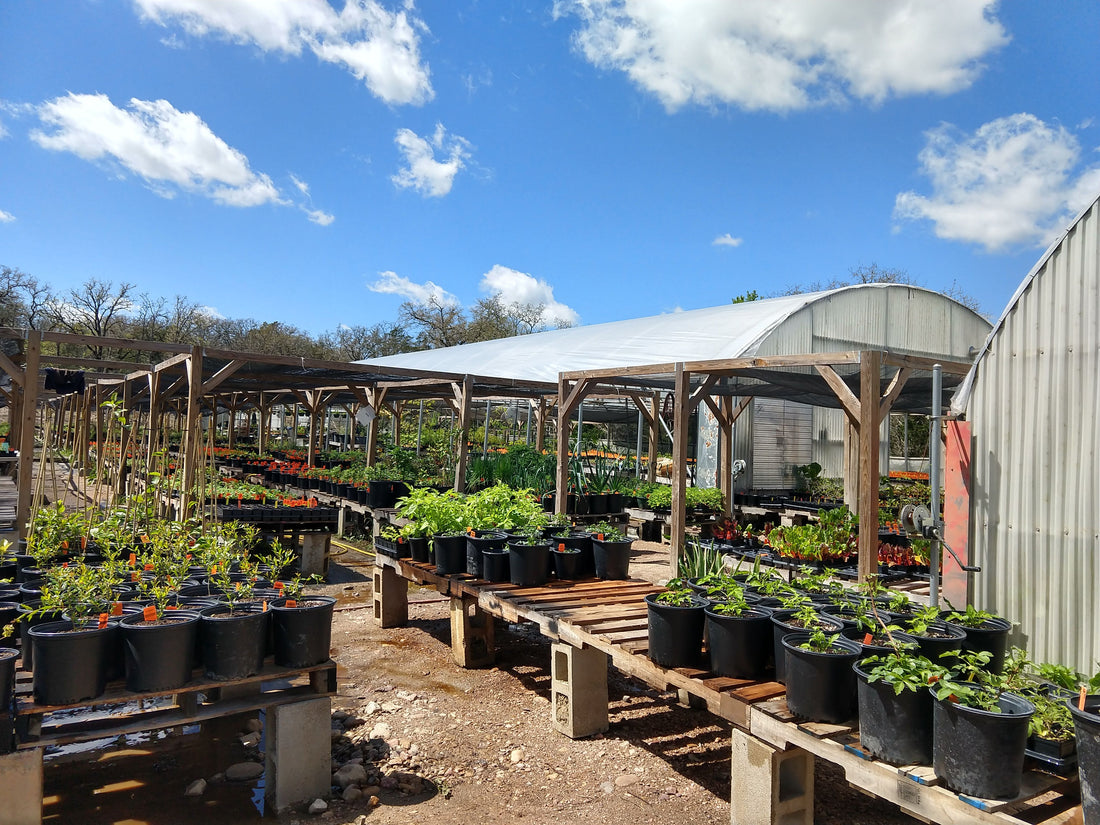From humble beginnings to now...

As we began this new growing journey back in March of 2020, and during the most volatile of times, we sent out an email regarding our deep gratitude towards our then NEW, now loyal and devoted customers. One email response was pinned in my mind. It was a tip of advice that’s been burned in our brain ever since. As a 3rd generation Austin-native entrepreneur, neither my grandparents nor parents passed this tip on. It was a customer, and it was simple... "Stay Transparent". I’ve not been one to aim otherwise, but in business there are moments where decisions are made, and sometimes the decision to look the other way is the easiest.
And often in the world of gardening, the fine lines of perfection and nature often rub too closely... uncomfortably even, hence the decision of transparency can be difficult. So we’re left to make those decisions, and we have. Our est. says 2004, but for Flint and I, it was many years before that, separately. And it was a life choice. And it was an Organic choice. We made it without a stamp of approval and without someone looking over our shoulder.
In 2012 we decided to make it "official" and we began paying the USDA to certify that we are in fact "Organic". The transition process was simple, as we have always grown organically. For a nominal fee of 500$, we certified that our back yard "nursery" was in fact organic. We did it as a branding tactic. No one was interested in buying our uncertified organic transplants, and as we’ve grown, it’s been the catalyst to attract those nurseries and customers that needed that stamp of approval.
So it’s with this, we have decided to withdraw our certificate and continue to grow the way we only know how to grow, 'uncertifiably organic'
This is a big decision for us. We do not take it lightly. We understand the potential to lose customers. To be clear, there are products the NOP and USDA deem "organic" that we would never dream of using. Here’s a link with in-depth explanation of these products.
https://www.ecfr.gov/current/title-7/subtitle-B/chapter-I/subchapter-M/part-205/subpart-G
The NOP/USDA has never and will not ever dictate what and how we grow our plants. Nor have they provided any education towards those means. We have always, (long before) and will continue to grow "beyond organic". In fact, the system of certifying is so broken, that quite literally a farm/nursery could, 364 days of the year, grow using the worst chemicals on earth, so long as the day of having a certifying agent visit, all evidence of said growing was hidden. And let’s be honest, there are those that take advantage of this broken system. We and every other "certified organic" agricultural business pay for the logo, that’s it. Marketing. That’s transparency.
A very informative and interesting article was published in the New Yorker just recently (November 2021). This article has brought a lot of the shady dealings of "organics" to light and is a must read for those interested in the dark alley deals the USDA has hidden in its underbelly.
https://www.newyorker.com/magazine/2021/11/15/the-great-organic-food-fraud
Those plants offered from nurseries and box stores alike, are literally pulsing with chemicals and hormones that we cannot even pronounce, let alone would ever use. Your plants are our plants, and we would never pass along something we wouldn’t want ourselves. Many health food stores, as well as plant nurseries locally and across the country, have branded themselves "natural". The shocking truth is that there are so many loopholes, and lack of moral standards, that most are masquerading as organic, when in fact they are not.
In knowing first hand what certification agents are looking for, we have found that the standards for what qualifies as "organic", thus receiving the $EAL [sic] of approval, are lacking in integrity. Here is a single checklist item for example, of what is acceptable by the USDA as an "organic" source:
This simple statement, seemingly nullifies everything thereafter. This loophole also applies to seed and plant stock essentially voiding the hard work that actual organic farmers/growers do to source our truly organic product.
This has always struck Flint and I as as a significant hole in the system. This was the same as seed. If an Organic product couldn’t be found from 3 sources, you are allowed to substitute. To us this ultimately eliminates credence to any "certification process" that the NOP might require.
Take the story of the Red Delicious Apple. When shine, shimmer, and size are the motivation behind marketing direction, you don’t always get a sweet result. The USDA organic certification, folks. https://thecounter.org/history-economics-red-delicious-apples/
The decision for us is a financial one, almost exclusively. Certification fees are based on gross sales. No loss is taken into account. And being an organic grower, there is a lot of loss... which translates to a lot of money that ends up in the compost pile. For us we can no longer justify paying thousands of dollars annually to a broken system of organics, for the sake of marketing.
For some this may be a step backwards but for us this is the same step that we’ve always taken. One step for the better.
Trust
Transparency
Truth
Lone Star Nursery has all three, and will be here for your growing future.
Organically yours,
Flint and Jay

